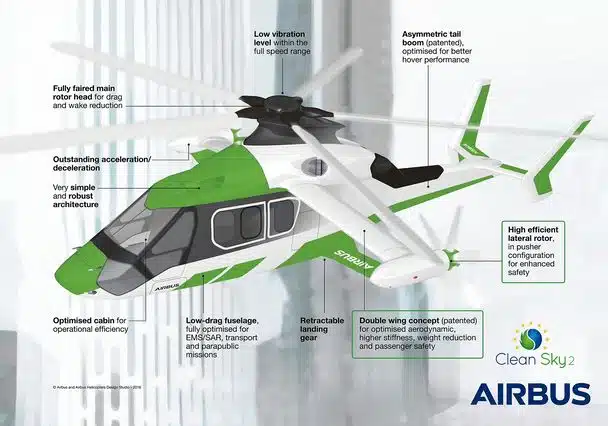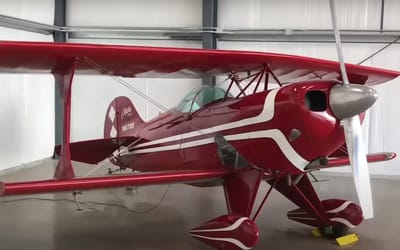Airbus unveils new speedy aircraft that’s half plane, half helicopter
- The Airbus Racer is half-plane and half-helicopter
- It is designed with emergency responders in mind
- It has a top rotor like a helicopter, but wings like a plane
Published on May 16, 2024 at 5:58 PM (UTC+4)
by Tom Wood
Last updated on May 17, 2024 at 6:19 PM (UTC+4)
Edited by
Alessandro Renesis
Airbus has revealed a new experimental aircraft that is half-airplane, half-helicopter.
Is it a heli-plane, or an aero-copter?
That’s not important right now, because this incredible aircraft is designed to perform a very serious task.
It’s called the Racer and it is intended to help first responders and emergency service personnel get to situations quicker.
That’s a goal we can all get behind.
READ MORE! The Air Car is a flying car with four rotatable Rolls-Royce jet engines
It’s designed to take off like a helicopter, but fly at speed like a plane, meaning that those brave emergency responders can get to where they are needed at greater speed.
After all, when you’re dealing with emergencies, seconds really do count.
This might seem a little bit like some of the proposed flying cars out there, which can take off and land vertically, but Airbus actually has this thing off the floor already, and they aren’t planning to add a set of wheels as an afterthought.
The Racer has forward-facing rotors and wings like a plane, as well as the traditional top rotor of a helicopter.

If you saw it in the sky, you might assume it was a conventional helicopter, but you’d be wrong.
Airbus showed off their new model – a one-of-a-kind demonstration craft – in the French city of Marseille, showing how it can take off like a helicopter and land smoothly without the need for a long runway.
When it comes to emergency response, this thing could change the game and save countless lives.
It first flew back in April, and we’re a long way off seeing this type of craft mass-produced and sent around the world, though.
The Racer also meets environmental criteria too, with lower fuel consumption and 20 percent less CO2 emissions than other conventional aircraft of the same weight, according to project lead Julien Guitton.

There have been other attempts to develop an aircraft like this, such as Boeing’s V-22 Osprey, but this is the latest and – so far – Airbus’ most successful effort.
So far, we haven’t seen the flying taxi become a reality, although many countries are working on it.
To be fair, it’s not as important as responding to emergencies, is it?
Let’s hope we can get these revolutionary machines to the people who can put them to good use as quickly as possible.
DISCOVER SBX CARS: The global premium car auction platform powered by Supercar Blondie




